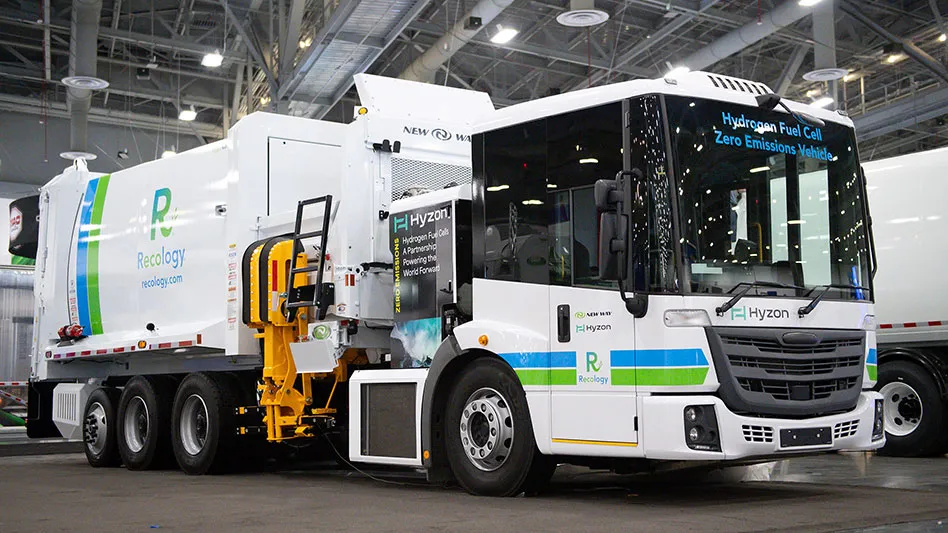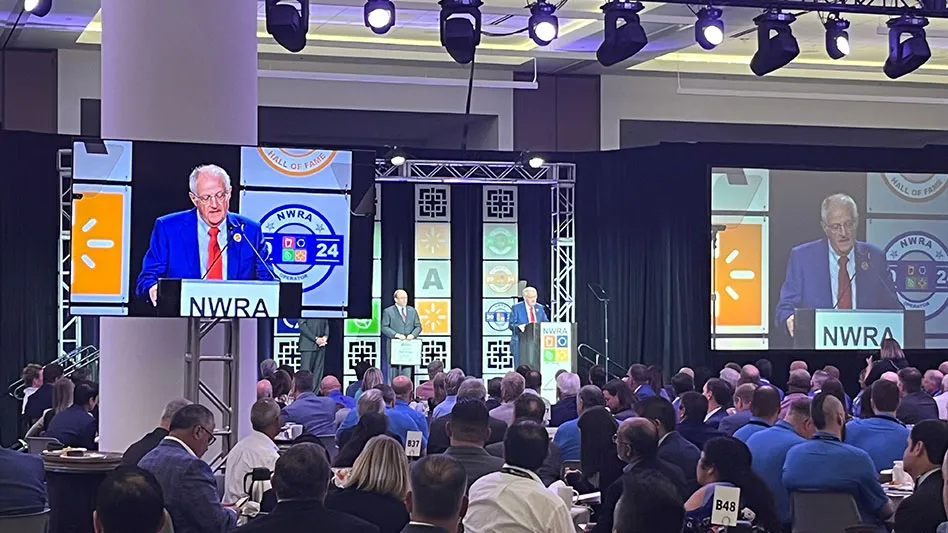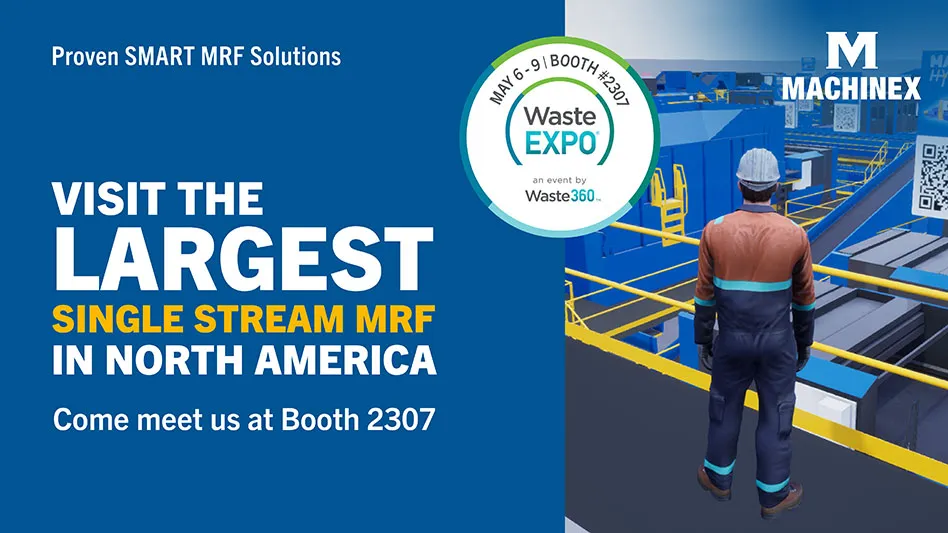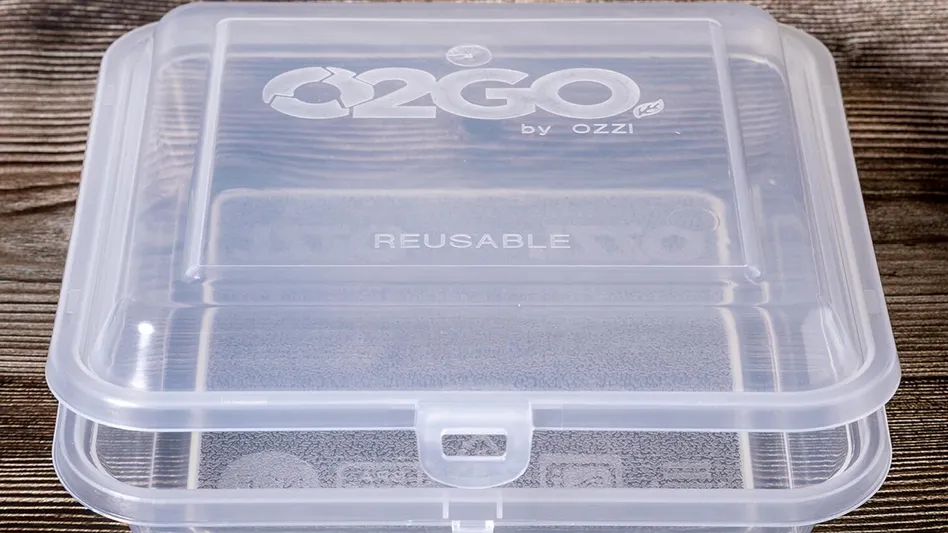

There are challenges every solid waste organization faces at one time or another, often many at the same time. These can include transportation costs increasing due to rising fuel costs, lack of trained drivers, the need to increase collection efficiency, landfills reaching capacity with an upward battle for expansion, growth causing congestion on local roadways with mounting complaints from the community about traffic and local waste-related decisions being put on hold until after the next local election.
Amid all those challenges, the discards of citizens and businesses still must be moved to protect the safety, health and welfare of the community. A solution to the multitude of challenges surrounding solid waste has a simple answer—a transfer station.
A transfer station can reduce transportation costs by moving materials in larger quantities per vehicle, cutting the amount of traffic on the road while gaining access to disposal or processing sites farther away. It also increases collection efficiency by keeping those trucks on a route instead of battling long distances and wait times at landfills. More importantly, transfer stations typically are more politically palatable than new landfills.
Small transfer stations often are referred to as “drop-off sites” or “convenience centers” and are most common in rural areas. They require only a parcel of land where several containers, typically 30-yard open tops, are placed for collection and serviced by roll-off trucks. Larger facilities are needed when serving house-to-house residential and commercial/industrial collectors. Those larger transfer stations operate much like trucking terminals where goods are shipped from one location to another.

Typically, the most difficult part of planning a transfer station is siting due to its critical role in the design of the facility. The best sites are already zoned for industrial use where truck traffic is the norm, so there is minimal impact on adjoining properties and surrounding areas, including schools, parks, residential and mixed-use developments.
The method for moving material also will play an important role in the selection of a site. Planners must determine whether trucking, rail, barge or a combination would be best before selecting a site and moving forward with the design process.
Once the site for the new transfer station is secured, design can begin in earnest. Some of the key areas engineers and architects will consider when planning a transfer station include capacity, mode of transportation, loading technology, peak flow, building size, traffic flow, processing space and whether to include commercial scales.
The design of a transfer station is directly related to operating procedures. Each step of the process, from entrance to exit, directly affects efficiencies and safety.

1. Consider predicted volumes. Planners will need to define how much material on average will be accepted, processed and transported from the site on any given day; the highest volume; and the types of materials the transfer station will accept. They also must factor in growth projections and the sustainability of other recycling options within a given market area. Typically, the capacity is stated in tons per day.
2. Get on the road (or rail). Determining whether materials will be transported via trucks, trains or boats will be a key factor in the facility design. Trucks are the most common mode of transport throughout the nation. Among other options, rail is becoming more common, particularly in cases where the final site is more than a 150-mile-one-way trip. Planners prefer transportation by barge on large waterways in certain situations. In addition, daily throughput maximums, mode of transportation and loading technology must be decided before the design of the actual facility begins.
3. Choose a loading method. The types of waste accepted, the chosen method of transportation and markets directly influence what type of loading technologies are needed. How collection trucks will unload and how transportation containers will be reloaded are other key decisions that must be made prior to design. The most common method in use today is for collection trucks to dump directly onto a concrete tipping floor, where the waste can be separated if desired, then loaded either by bucket loaders or cranes into transport containers. Pushing the waste through a hole in the floor, directly into a waiting container beneath, still is the most commonly used method.
4. Anticipate the rush. Determining when the days and weeks are busiest, how the seasons affect volume and how much space is needed for vehicle queuing also will influence the layout of the facility. Typically, transfer stations experience peak flows when they open for the day due to trucks waiting to unload, at midday when collection trucks finish their first load and around closing time when trucks will enter the site to empty loads and start the next day with an empty truck. The facility must be designed to handle the influx of materials while still providing the time and space to unload incoming vehicles, which will require floor space for storage.
5. Build the layout. The size of the building should be based on the peak flow, as well as any expected increases in material volume. It should be large enough to handle peak flows in addition to having space for processing if separation is planned. Future growth also should be considered. The facility should be enclosed on three sides, with the potential for roll-up doors on the fourth to allow for full closure and building security. The inside of the tipping floor working area should be a clear span, with translucent panels in the roof and just below to allow for natural light. Drains should be included to collect leachate produced inside the building for processing. Trench drains and sloping should be used at the site to keep stormwater out of the facility.
6. Keep traffic moving safely. Trucks and any other vehicles using the site should progress from the entrance to the unloading area through the processing area to the transfer station exit in a counterclockwise direction to give drivers and operators the best possible field of vision. Cross-traffic should be avoided at all costs unless necessary. The final key to traffic flow is eliminating the need for backing maneuvers as much as possible. In a perfect situation, the only backing required should be when collection vehicles are backing into unloading areas.
7. Provide ample floorspace. An area is needed to separate, move, consolidate and store materials that are accepted at the transfer station. The peak flow of materials should be a leading factor influencing the amount of space included for processing and storage. Separation of materials will require initial planning to ensure the transfer station is large enough to meet working area and storage requirements for those separated materials. This step can be avoided by using a volume-based fee, typically per cubic yard, or by charging no fee at all. In the event of zero fees, keeping records of cubic yardage entering and leaving the facility is a best management practice.
8. Have weight in mind. Heavy-duty commercial scales capable of being certified for trade should be installed, particularly if plans include charging a weight-based fee for using the facility. One inbound scale should capture the gross weight of the incoming vehicle, and an outbound scale should capture the empty, or tare, weight of the vehicle. The difference between the two weights is the amount of debris deposited at the facility, which is the basis for the charge.
These factors are only a few of the considerations involved in planning and designing a waste transfer station. Economic feasibility, public safety and political acceptance issues also must be addressed at every step of the planning process. Most importantly, each community must deal with the local factors that drive the initial discussion of building and operating a transfer station.

Explore the April 2022 Issue
Check out more from this issue and find you next story to read.
Latest from Waste Today
- Waste Robotics and Greyparrot form partnership
- Delos and Silverfern Group complete sale of Pioneer Recycling Services
- Simplified Environmental Solutions adds 2 locations
- Glass Recycling Foundation awards $150K in grants
- Kent County, Michigan, opens new transfer station
- GFL reports revenue increase in first quarter
- Bioenergy Devco honored at SEAL Awards
- AMCS showcasing Performance Sustainability Suite at WasteExpo





